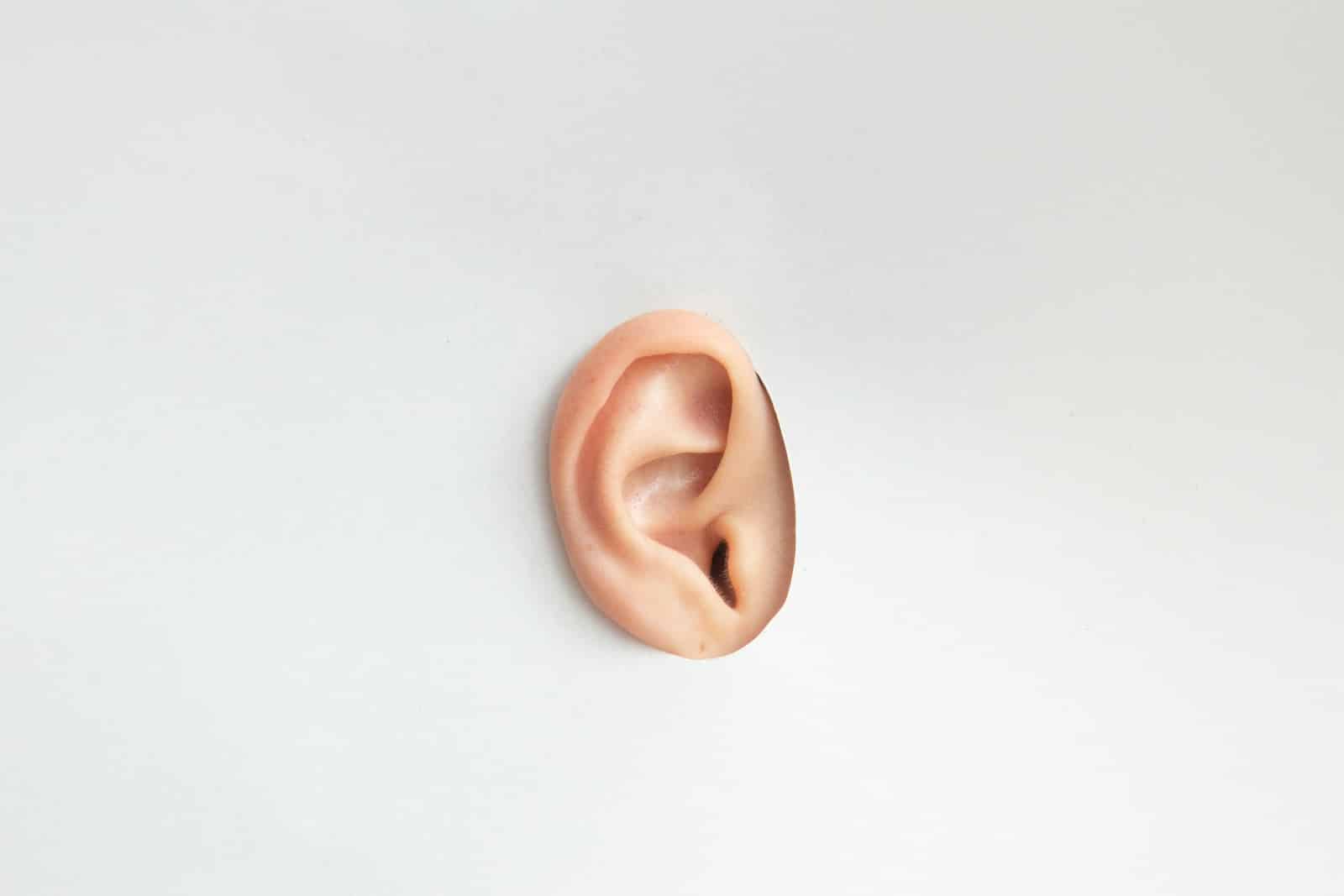Specialists have developed a simple and safe technique with an 80% probability of giving birth to a child of a certain gender. The method is based on sorting the sperm by weight, which is carried out during the stage of genetic testing before the in vitro procedure.
It all depends on the man
There are many “folk recipes” on how to influence the sex of the future child: eat certain foods, choose a special day for conception, etc. Basically, these are all myths or old wives tales that are not supported by science. The sex of the embryo is determined by the fusion of egg and sperm. A woman can pass on only an X chromosome to an unborn child, and a man can pass on both an X and a Y chromosome. In fact, the woman’s body is not involved in determining the sex of the child. Whether it will be a boy or a girl depends only on the man.
Girls are born when an egg with an X chromosome is fertilized by a sperm with the same chromosome; boys are born with a Y chromosome. Of all the numerous spermatozoa, one wins, and which of them will be more viable – the “male” or the “female” – it is impossible to predict. In natural conception, the process is random and cannot be programmed. It is different if science intervenes. There are various laboratory methods for sperm sex selection – by gel filtration, electrophoresis, atomic force microscopy, flow cytometry with fluorescent labeling and others. All of these methods have limitations. Some of them are very labor-intensive, others require expensive equipment and materials, and others do not give guaranteed results. Also, it is not known how safe they are. Any physical intervention can disrupt the DNA structure.
Researchers at Cornell University Medical College have proposed a simple and effective technique for separating sperm into “male” and “female” sperm, which they believe could be used in clinical practice as early as tomorrow. The method is based on the difference in weight. The authors found that X-chromosome sperm were heavier. Therefore, in a fluid medium with a density gradient, “female” cells are concentrated in the lower layer, and “male” cells in the upper layer. From August 2016 to July 2020, scientists conducted an experiment involving more than 1,300 American couples who underwent pre-in vitro genetic testing. From those who did not have particular preferences for the sex of the unborn child (and they turned out to be the majority – about 92%), a control group was formed in which the in vitro procedure was standard. But 105 couples wanted to have a child of a certain gender and for them sperm separation was done beforehand. In the control group, 45.3 percent of the embryos were female and 54.7 percent were male. At the same time, among the 59 couples who wanted to have a girl, 79% of the embryos were female, and of the 46 couples who wanted a boy, almost 80% achieved the desired result.
The authors note that the new method, although it does not guarantee a 100 percent result, increases the probability of it. Although highly effective, the new technology is relatively cheap and completely safe. All of the study participants gave birth to healthy babies, and none of them were found to have serious health problems or developmental delays by the age of three.
Illustrative Photo by Sam Rana:













